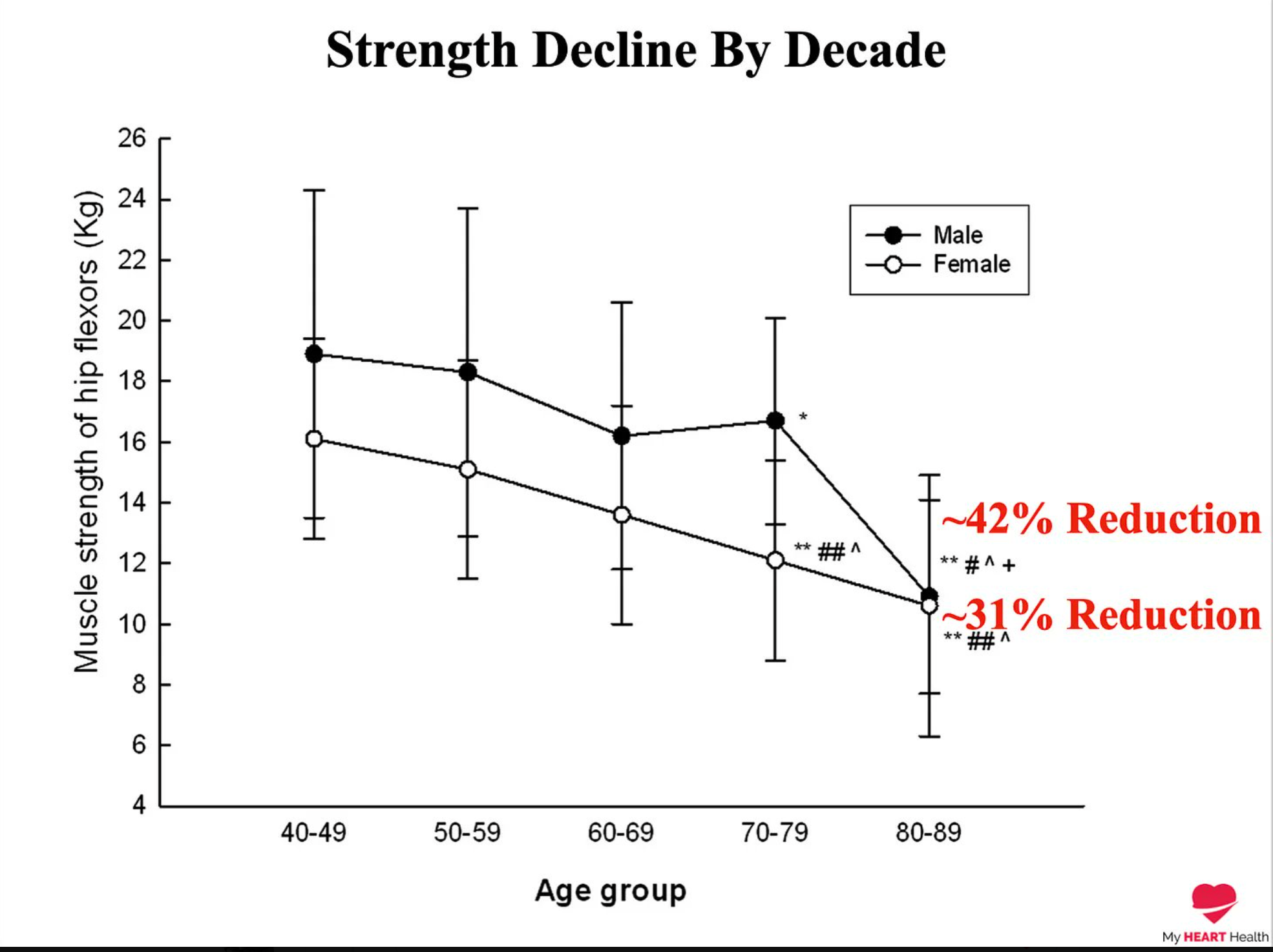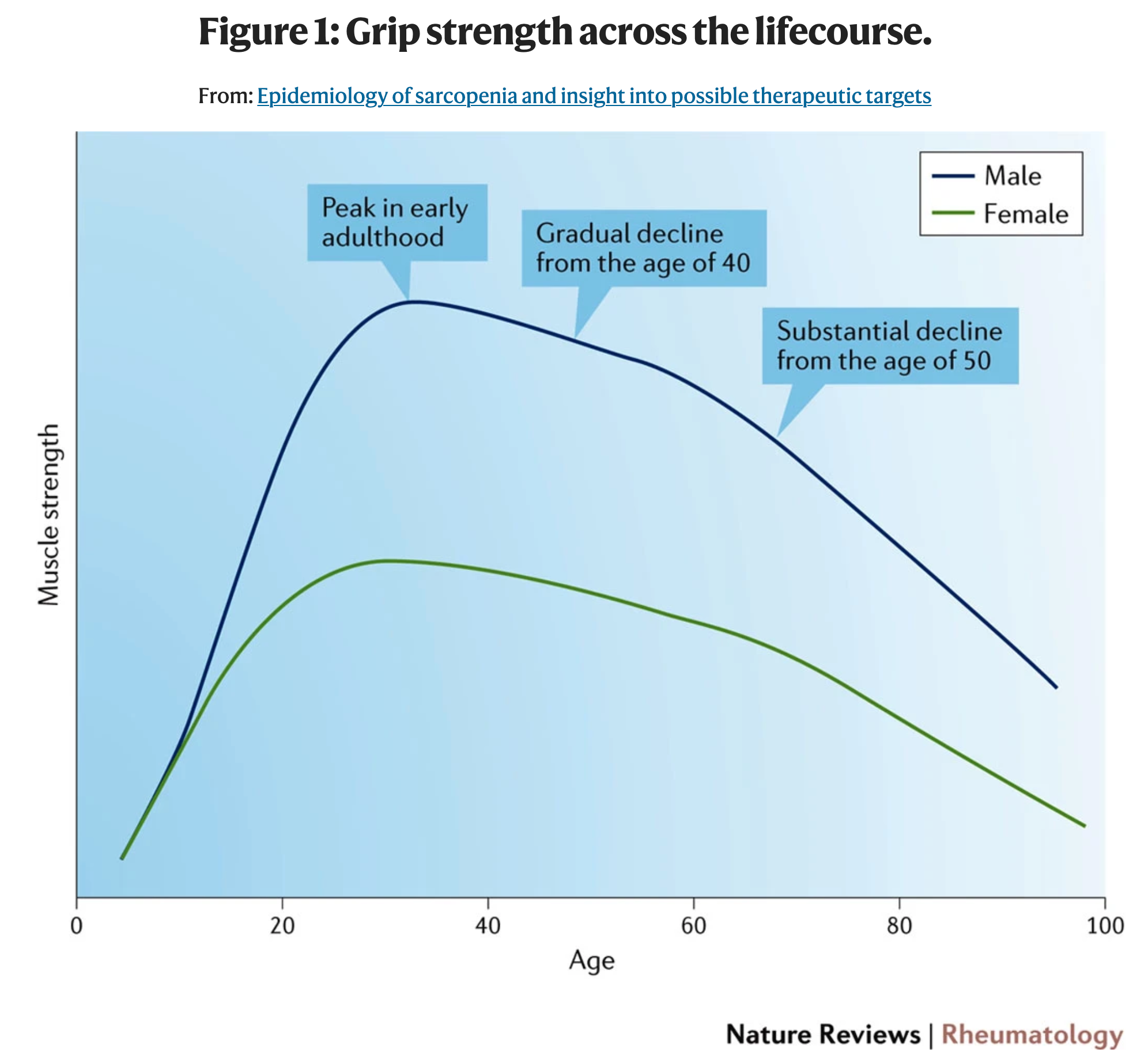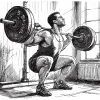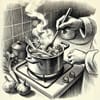We at Simplavida are going to start to post more about the various aspects of exercise training for healthy aging... or healthspan-related exercise. First up is resistance training. Far too many people avoid it because they're afraid of injury, afraid of becoming bigger, or are unsure of how to approach it.
1. Resistance training won't turn you into a swollen bodybuilder any more than picking up a tennis racket a few times a week will turn you into tennis star Carlos Alcarez.
2. You're more likely to get injured by not doing resistance training than by
doing (appropriate) resistance training.
3. It's not any more complicated than doing a few simple movements on a regular basis. Anyone who says otherwise is selling something, usually something expensive.
Resistance training is an important part of any exercise plan, as it has a number of benefits for physical, metabolic, and mental health. Far too many people overlook or dismiss these benefits. They think that people should weight train to grow larger muscles to look better, or that it's something only beach bros do, or that ... it's kind of embarrassing.
That's all missing the point. Weight training offers significant benefits with respect to:
- protection of the musculoskeletal system
- improvement in your metabolic health
- quickness and power to protect against falls
- dementia and cardiac risk diminution
- improves our ability to remain independent and physically capable later in life
Sarcopenia
Sarcopenia is an evil process. From the age of 20 to the age of 80 you will lose over 40% of your current muscle mass. If you require surgery or a period of time in the hospital you can lose an additional 5% of your muscle mass over the course of just 7 days. Herein lies the issue with the loss of muscle mass. If you do not perform resistance training as you age, you are losing muscle mass from the age of 40 onward. The pace of loss will accelerate after 50. If you happen to be hospitalized and lose an additional 5%, you can see how this loss of muscle compounds rapidly. Along with this loss of muscle mass, you have also lost portions of the largest glucose sink in your body, and you have lost improvements in metabolic health associated with well-functioning muscle tissue.
After the age of 40, males will lose 42% of their muscle strength, and women, 31%. Can you imagine how difficult some of life's activities will become if you lose this much strength?

The loss of muscle mass associated with sarcopenia has profound physical, mental, and metabolic effects on us. Do you want to carry packages into your home when you're 70? How about hoisting a 50lb suitcase into the overhead bins on an airplane? Getting up off the floor with no hands or one hand should be easy... but for many over the age of 50, that skill is lost. Basically... if you want to be able to do these things in your 60s and beyond, you had better start training for that now.
Muscles Save Lives—Like Maybe Yours
Muscles may save your life, but not for the reason you expect. Consider this graph from a Nature paper showing declining grip strength with age. Grip strength is a reasonable proxy for how strong one is, and is used that way in a host of studies. You can see how it peaks in early adulthood and then falls over time, after which it ... falls even faster.

Why should you care? And does this mean you should be frantically using one of those grip vice things so that you can live forever? You should care because studies show that grip strength is a better predictor of mortality than systolic blood pressure. To be clear, it's not that having a grip like free climber Alex Honnold is somehow protective. It is that grip strength is a decent proxy for one's musculature, and as it declines, so goes your health. And if you want to use one of those grip things, well, go crazy, but that's just a symptom of your broader problem.
The best treatment we have is resistance training. It is a type of exercise that involves working your muscles against, you guessed it, resistance. This can be done using weights, resistance bands, or your own body weight. When performed properly, they all work. And, to be clear, doing any of it is doing better than doing none. Don't let perfect be the enemy of half-assed better-than-nothing.
One of the most important benefits of resistance training is that it helps to build and maintain muscle mass. Muscle mass is important for protecting our joints and bones from injury. When we have strong muscles, we are better able to absorb the impact of physical activity and protect our joints from wear and tear.
Your goals in resistance training should ultimately focus on five factors:
- Strength:
The amount of force you can exert - Endurance:
How long you can go on exerting force - Quickness:
The speed at which your muscles can safely contract - Power:
The amount of work your muscles can do in a unit of time - Agility/Balance:
Your ability to respond to changes in the physical environment
For our paid subscribers, we next dive into each of these goals, and why they are important. We then go into the science of resistance training, and the hidden benefits. We discuss some FAQs, like complex vs simple movements, whether reps matter, and whether it's better to lift a small weight many times or a large weight only a few times. Finally, we close with a basic training plan and schedule aimed at normal people.





